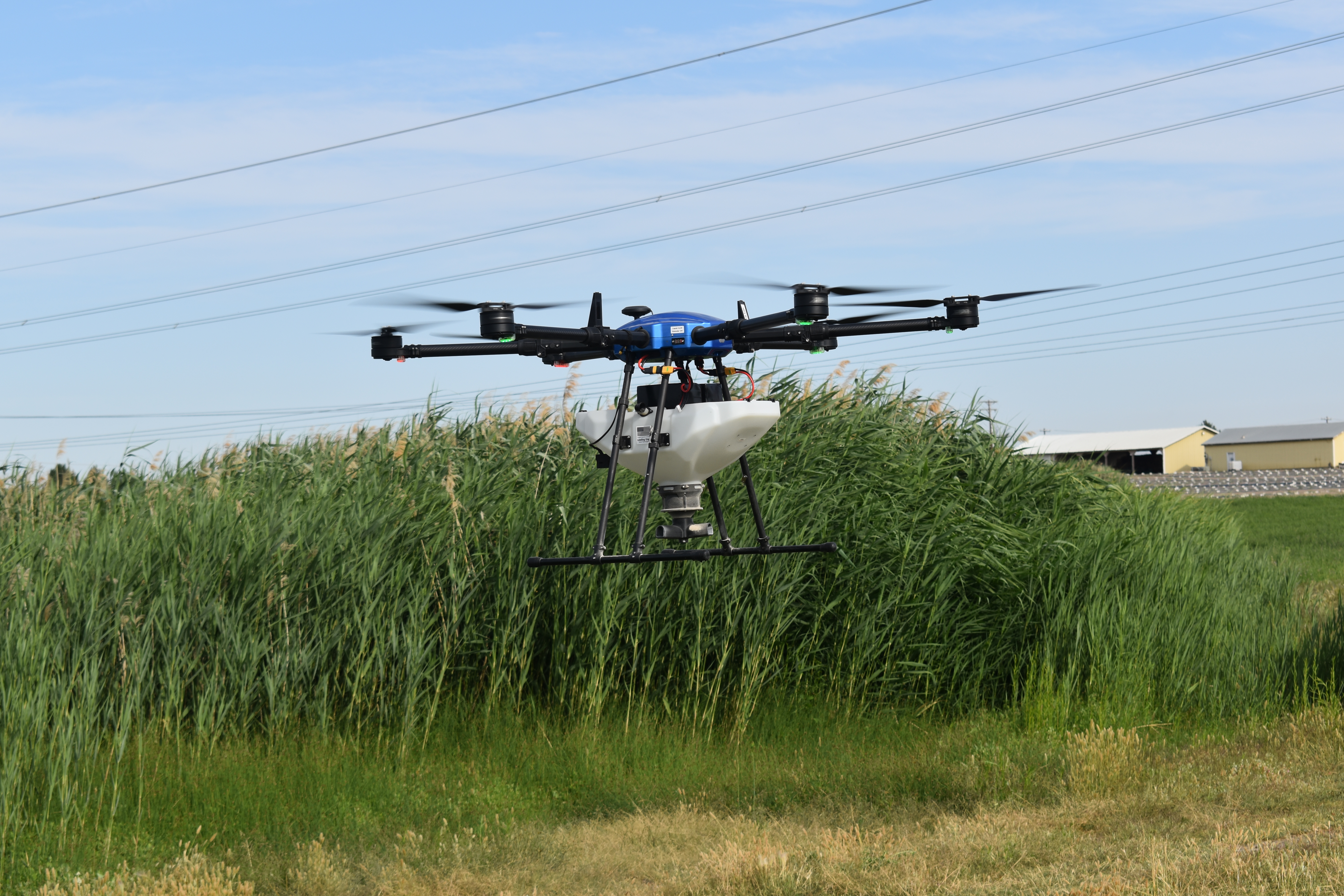Sears closure: Opportunity or warning
Published 12:58 pm Monday, March 12, 2012
WALLA WALLA – It doesn’t feel like the same Sears you’ve navigated for more than 20 years.
The entrance that formerly led to the appliance section now greets customers with a display of furniture, a curious closeout addition to a store that hadn’t been known for carrying couches.
The appliances are still there, but in ever diminishing quantities. It’s the same story in clothing, shoes and housewares – all shifted around in airy displays as associates close out inventory.
The change of scene is likely typical of the 100 or so Sears stores shutting down across the country. For a community served by the retailer for generations, it is anything but.
Its closure means not only the end of more than 40 jobs in a tight employment market with little retail expansion, but represents arguably one of the biggest waves in a sea change for Walla Walla’s retail landscape.
A store that has served the community on Rose Street for two decades and at least another three before that downtown is going, and with it a virtually unparalleled selection of appliances, electronics, tools and clothing all under one roof.
A company spokeswoman Friday said liquidation will take place in April. The building will be turned over at the end of that month.
Whether Sears could return in another location or in another format is not known, said Director of Communications Kimberly Freely.
“I couldn’t speculate as to what the answer is,” she said. “I’m sure the real estate team continues to evaluate the portfolio and obviously looks for opportunities.”
Walla Walla City Manager Nabiel Shawa said he had hoped to influence the company to keep some kind of footprint here. His numerous messages to various corporate managers in Chicago have not been returned, he said.
For Walla Walla, the loss of jobs is difficult, said regional labor economist Arum Kone.
“In terms of numbers it’s small,” he said. “But in terms of loss and having those employees hired by other retailers, it’s hard.”
There’s no influx of openings for that many people, so workers would either have to retrain and compete for a new occupation or wait until something opens at another retailer.
“It makes it a little more complicated. It’s not easy for those to find jobs in the same kind of occupation,” Kone said.
Freely said eligible employees at the store have been offered severance packages, but did not disclose who is eligible. Most of the positions, she said, are part-time. Employees are being notified of open positions at “nearby” Sears or Kmart stores, but must apply for those jobs, she said.
The closure also leaves the city of Walla Walla with a potential loss in sales tax revenue if shoppers who patronized Sears don’t spend their money in the city.
Shawa said the state Department of Revenue prevents the dissemination of data revealing sales tax derived from specific businesses. So just how much money the city received in sales tax from Sears has not been disclosed. Such data might help reveal if Sears’ bottom line had suffered more after the 2008 demolition of the Blue Mountain Mall, where it was an anchor.
Officials have speculated that the demise of the mall and the abandonment of its redevelopment may have played a part in Sears’ performance.
Shawa could not say whether there was a marked decline in the company’s operation since 2008, when the enclosed shopping center that Sears helped anchor was demolished for a major redevelopment at the property. After property owners failed to secure financing for the redevelopment, they let it sit.
The property has since become a virtual wasteland of partially constructed store shells with Sears and Shopko left as the only anchors standing.
Sears has said the closure of between 100 and 120 Sears and Kmart stores is part of a nationwide strategy to raise $140 million to $170 million by eliminating its “marginally performing” operations.
Local officials say the closure here may not be a direct reflection of Walla Walla’s actual climate.
A number of analysts have been well-documented in pieces from Forbes to Bloomberg, criticizing Sears Chairman Edward Lampert, a billionaire hedge fund manager, for leading the company to this very place. Among the criticisms is that little money has been invested back into the stores for updates.
For his part, Shawa is optimistic that the closure could serve as an opportunity for an existing business to expand or a new one to open and help fill the void that will be created from the departure.
But if a Sears store can’t make it here, could its closure alternately serve as a warning to others not to come?
“One can jump to the conclusion that if the market was here, businesses or services – Trader Joe’s or Costco – would be here already,” he said.
He maintains that the city’s slow population growth may be playing against Walla Walla. But he doesn’t believe the closure of Sears will discourage retailers that might find the community a good fit.
“I wouldn’t say it necessarily casts a pall on Walla Walla and its market,” he said.
Though the community’s relatively small population has sometimes been a detrimental factor in retail recruitment, officials believe Walla Walla has the spending power to support businesses, if residents choose to use it here.
But retailers wouldn’t necessarily know that just by looking at the community’s annual per capita retail sales tax figures.
According to the most recent figures, Walla Walla’s per capita retail spending has consistently decreased every year between 2007 and 2010. Figures for 2011 haven’t yet been compiled.
But in 2010, Walla Wallans spent an estimated $4,737 on retail purchases each, a total that was more than $2,000 less than the average person across the state spending $6,885, according to figures provided by Kone.
Annual per capita retail spending in Walla Walla in 2009 was $5,012. It was $5,249 the year before that; and $5,468 in 2007.
Kone said the numbers can be partly explained because of the disparity between Walla Walla’s per capita personal income compared with the rest of the state, as well as being home to an older demographic that statistically tends to need and buy fewer items.
But he said he also doubts the retail purchases, which are measured by taking retail spending by county and dividing it by the population, are reflective of the actual spending that takes place by local residents who are notorious for outshopping.
The retail-rich Benton County, as an example, posted a per capita retail spending number of $8,104 in 2010. No one doubts Walla Wallans contributed to that number. On the other hand, visitors to Walla Walla likely also contributed to this county’s figure.
The key in moving forward, said Port of Walla Walla Executive Director Jim Kuntz, will be following the money.
“I guess the question that has yet to be answered is, for those who shopped at Sears in Walla Walla, what’s going to be their alternative place to shop,” he said.
“Are they going to decide to go into the Tri-Cities and spend their disposable income there, or will they decide that there’s somebody else in Walla Walla that has what they’re looking for?”





